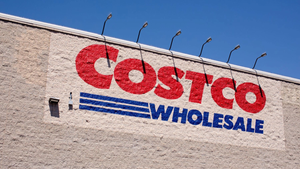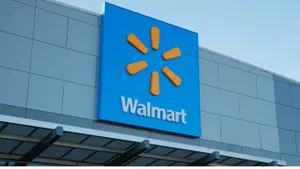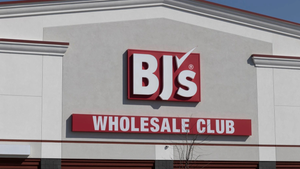Here’s how grocers can capitalize on AIHere’s how grocers can capitalize on AI
Security, personalized rewards and recommendations, and budgeting are the three most popular AI-driven grocery case uses, according to a new report
Most American consumers don’t trust artificial intelligence, yet the technology still provides a large window of opportunity for grocers, according to a new report.
The latest consumer trends report from data science firm dunnhumby indicates that just one in five shoppers (20%) feel comfortable with AI. Some 2,000 consumers were interviewed for the report.
Demographics play a key role when it comes to consumer trust of AI, the report states. Those under the age of 45 have a higher level of trust (31% mostly or completely trust AI) while those over 55 have issues (only 8% mostly or completely trust).
Shoppers under the age of 45 were also more willing to use AI for budgeting, personalization, and sustainability, which the study notes as an advantage for grocers.
Males (29%), families with kids at home (29%), households earning more than $100,000 (37%), and urban dwellers (32%) also felt more at ease with AI.
“What many Americans may not realize is that they have been interacting with AI for years whether it is through Netflix recommending what they should watch next or a retailer serving up personalized offers based on consumers’ past purchases,” said Matt O’Grady, president of americas for dunnhumby. “The potential of artificial intelligence in grocery is tremendous and has been at the foundation of our own data science here at dunnhumby for over 20 years. Although the trust in AI is far from widespread, grocers should bear in mind it only took ChatGPT two months to hit 100 million users, making it one of the fastest growing computer applications ever.”
Key findings from the study include:
The top five concerns respondents have about AI include: Loss of jobs; security and privacy; loss of human touch; technology “in the wrong hands”; misinformation
Security (46%), personalized rewards and recommendations (45%), and budgeting (42%) are the three most popular grocery use cases for AI, according to the survey respondents. For consumers under 45, a group that is struggling the most with food insecurity, the most appealing use of AI was for personalized rewards and recommendations (58%), followed by budgeting (57%)
For older consumers 55 and over — an age group that is otherwise distrusting or disinterested in AI— security (e.g., store surveillance, theft prevention, fraud detection) is the most appealing use (40%)
When asked about the potential benefits of AI, respondents talked broadly about its potential to “help” people. Respondents also ranked healthcare and medical, saving time, improvements and convenience, and research, knowledge, and information as potential benefits of AI.
The increasing willingness of consumers to engage with loyalty programs signals an opportunity for grocers to use AI to deliver more advanced personalization, the report states. With 52% of consumers now identifying themselves in order to redeem rewards, and 56% saying it's very or extremely important that a retailer rewards them for shopping, the time is now right for retailers to step up their personalization efforts, the report states.
Mounting food insecurity (30% of 18- to 34-year-olds “sometimes” or “often” do not have enough to eat), and fiscal conservatism underpin the appeal of AI to help shoppers budget for groceries. Over half of younger consumers – under the age of 45 – shop around at different stores to find the best value (52%) and check prices online before/during a shop (51%).
For consumers under 45, 51% reported the use of AI for forecasting, stock, and waste management as very or extremely appealing. Reducing out-of-stocks and excess inventory is a positive use of AI, especially for the 56% of consumers that say it’s very or extremely important that a retailer cares about food waste and has sustainable products and packaging.
About the Author
You May Also Like






